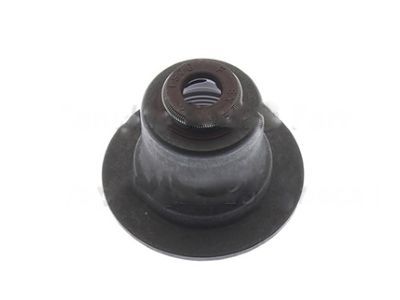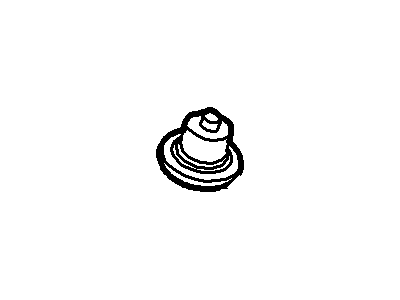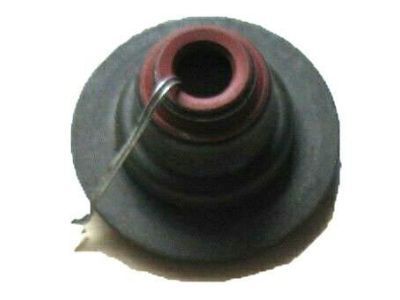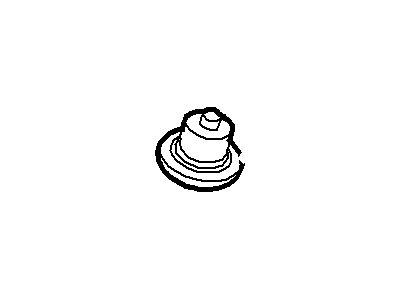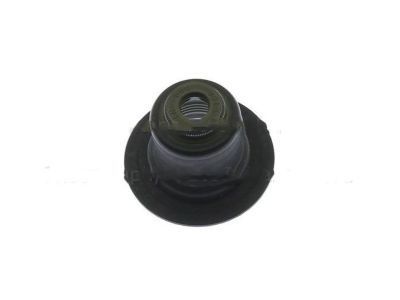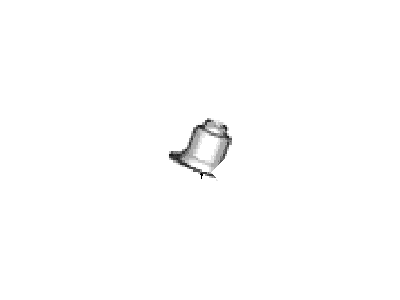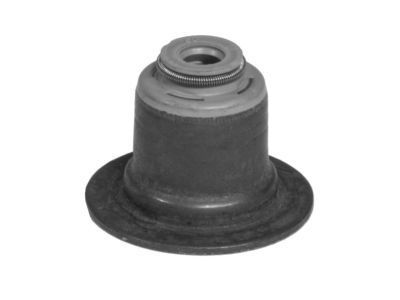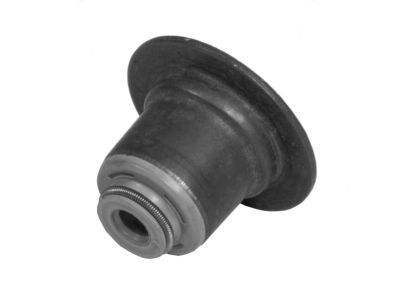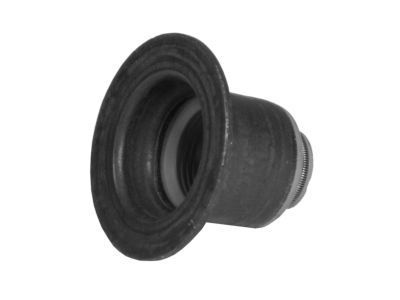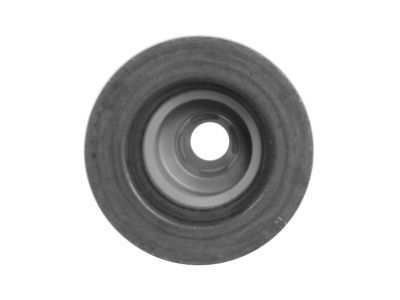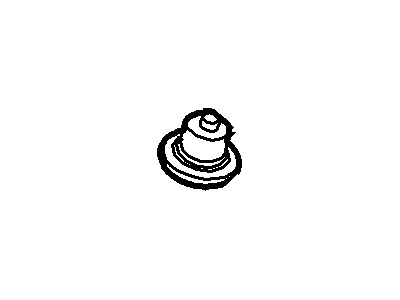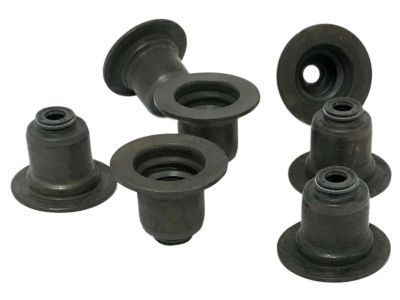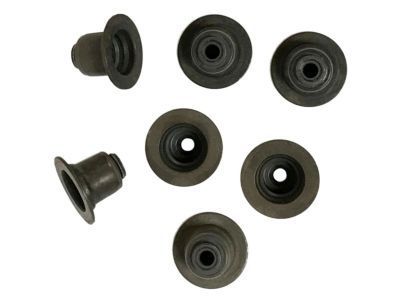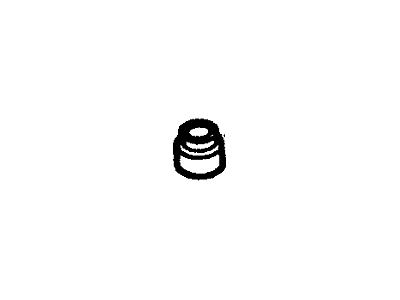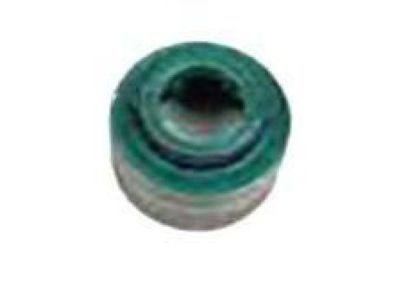

My Garage
My Account
Cart
Genuine Ford Ranger Valve Stem Seal
Engine Valve Seal- Select Vehicle by Model
- Select Vehicle by VIN
Select Vehicle by Model
orMake
Model
Year
Select Vehicle by VIN
For the most accurate results, select vehicle by your VIN (Vehicle Identification Number).
24 Valve Stem Seals found
Ford Ranger Seal - Valve Stem
Part Number: F77Z-6571-AB$3.38 MSRP: $4.81You Save: $1.43 (30%)Ships in 1-3 Business DaysFord Ranger Valve Stem Seal
Part Number: 3S4Z-6571-A$5.50 MSRP: $7.83You Save: $2.33 (30%)Ships in 1-3 Business DaysFord Ranger Seal - Valve Stem
Part Number: 3S4Z-6571-AA$5.50 MSRP: $7.83You Save: $2.33 (30%)Ships in 1-3 Business DaysFord Ranger Seal - Valve Stem
Part Number: 1S7Z-6571-EA$5.93 MSRP: $8.45You Save: $2.52 (30%)Ships in 1-3 Business DaysFord Ranger Seal - Valve Stem
Part Number: F57Z-6571-A$1.61 MSRP: $2.29You Save: $0.68 (30%)Ships in 1-3 Business DaysFord Ranger Seal - Valve Stem
Part Number: 1S7Z-6571-BA$5.93 MSRP: $8.45You Save: $2.52 (30%)Ships in 1-3 Business DaysFord Ranger Seal - Valve Stem
Part Number: F3ZZ-6571-A$2.04 MSRP: $2.90You Save: $0.86 (30%)Ships in 1-3 Business DaysFord Ranger Seal - Valve Stem
Part Number: 1S7Z-6571-FA$5.50 MSRP: $7.83You Save: $2.33 (30%)Ships in 1-3 Business Days
| Page 1 of 2 |Next >
1-20 of 24 Results
Ford Ranger Valve Stem Seal
We provide a wide range of Ford Ranger Valve Stem Seal at the best prices possible. If you need Ford Ranger Valve Stem Seal, you can shop with confidence on our website. All our OEM parts come with a manufacturer's warranty and are delivered to your door step with a fast delivery service.
Ford Ranger Valve Stem Seal Parts Questions & Experts Answers
- Q: Can broken valve springs and defective valve stem seals be replaced without removing the cylinder head in 3.0L V6 engine on 2000-2011 Ford Ranger?A:Valve springs get broken while valve stem seals become defective; these can be repaired without having to remove the Cylinder Head; usually, it takes two special tools and compressed air. If compressed air is not available then it is recommended to use a length of nylon rope to stop the valves from falling in the cylinder. To start with, unbolt the valve cover from the corresponding cylinder head and, if all the valve stem seals are going to be replaced, take off both. Subsequently, examine the particular cylinder incorporating the defective element and remove the spark plug; if replacing all seals, eradicate all spark plugs. They rotate the crankshaft until the piston of the particular cylinder, which is to be checked, is at the top dead center on TDC of the compression stroke, although it must be noted that it is done cylinder by cylinder in the firing order. Insert an adapter into the spark plug hole and attach an airline to compressed air. Loosen the bolt at the top of the valve, the pivot and Rocker Arm, and the Pushrod of the valve with the defective part. Use air pressure at the cylinder to maintain the position of the valves. When using the nylon rope, place the piston at about 450 between TDC, string through the spark plug hole then turn the crankshaft in an anti-clockwise direction until some resistance is met. Also, to avoid dropping some parts inside the engine, stuff shop rags into the cylinder head holes When using the spring/damper tool, remove the compressors on the keepers. Whenever pressure fails to keep the valve shut you are likely to see the face or the seat of the valve suffer considerable damage, which may call for the entire cylinder head to be removed to allow access to other repair procedures. Tape a rubber band or stick a strip of tape onto the end of the valve stem so that it won't drop in to the combustion chamber then relieve the air pressure. Check the valve stem for any signs of wear or of seizing in the guide and if it is the case, the head will have to be taken off for servicing. Applying pressure on the air to keep the valve closed and untie the tape or rubber band which was used. The next step is to add engine oil to the valve stem then put a new seal to the guide and be certain that the appropriate seal is utilized for each valve. Place the spring/damper assembly over the valve, then, the valve spring retainer should be fitted and compressed. Place the keepers in the upper groove and if needed use the grease to keep the keepers in place and then release the pressure on the spring tool. Slacken the connecting air hose and withdraw the adapter out of the spark plug hole or jerk out the rope if utilized. Last but not the least reinstall the rocker arm and pushrod and tighten the bolts, then fix the spark plug and wires and finally fit the valve cover before starting the engine and check for oil leaks or any unusual sound emanating from the valve cover region.
Related Ford Ranger Parts
Browse by Year
2023 Valve Stem Seal 2022 Valve Stem Seal 2021 Valve Stem Seal 2020 Valve Stem Seal 2019 Valve Stem Seal 2011 Valve Stem Seal 2010 Valve Stem Seal 2009 Valve Stem Seal 2008 Valve Stem Seal 2007 Valve Stem Seal 2006 Valve Stem Seal 2005 Valve Stem Seal 2004 Valve Stem Seal 2003 Valve Stem Seal 2002 Valve Stem Seal 2001 Valve Stem Seal 2000 Valve Stem Seal 1999 Valve Stem Seal 1998 Valve Stem Seal 1997 Valve Stem Seal 1996 Valve Stem Seal 1995 Valve Stem Seal 1994 Valve Stem Seal 1993 Valve Stem Seal 1992 Valve Stem Seal 1991 Valve Stem Seal 1990 Valve Stem Seal 1989 Valve Stem Seal 1988 Valve Stem Seal 1987 Valve Stem Seal 1986 Valve Stem Seal 1985 Valve Stem Seal 1984 Valve Stem Seal 1983 Valve Stem Seal
